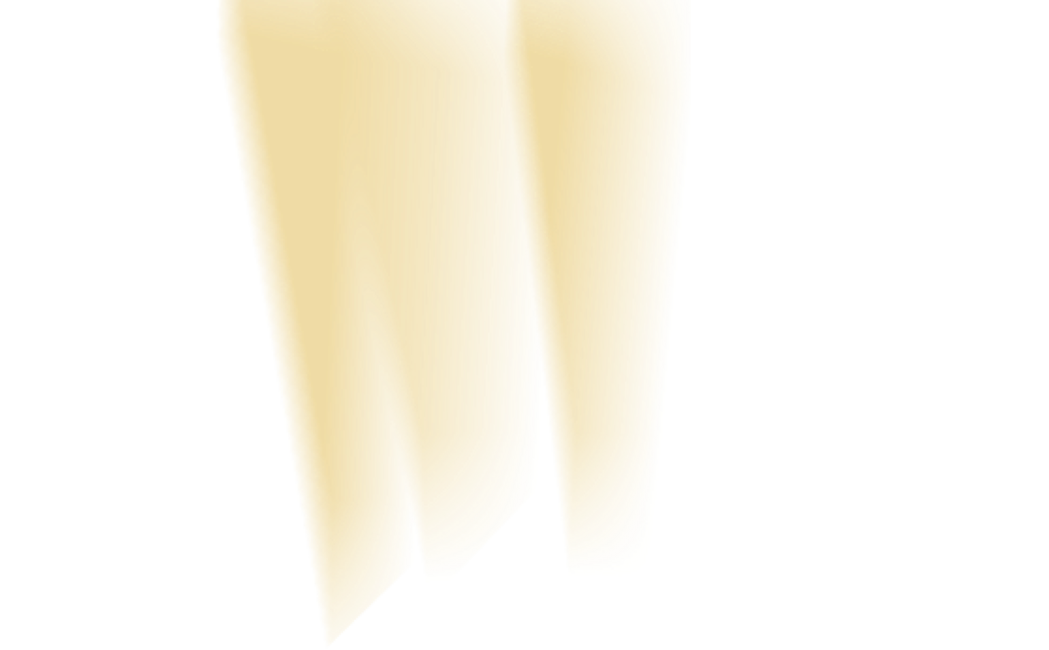Stanislav Kaunov
Born 1925 in Yenakiieve, Soviet Union (now Ukraine)Stanislav Kaunov was born in a small city in Donetsk Oblast. He trained as a metalworker at the technical school there. He was 16 years old when the Wehrmacht occupied the city in 1941. Like hundreds of thousands of other people in the occupied territories, he and his mother were then put to work as forced labourers.
In 1943, the SS deported him to the Ruhr region, where he had to manufacture munitions for Demag, a company based in Duisburg. Stanislav Kaunov escaped from his place of work and joined a resistance group behind German lines, but he was arrested by the police a few weeks later. As punishment, the Gestapo sent him to Buchenwald in October 1944. He spent some time as a forced labourer at the Ellrich-Juliushütte subcamp and was then transferred to the Ohrdruf subcamp one month later. He also escaped from there but was arrested again. When the Wehrmacht moved him from prison to a ‘penal battalion’, Stanislav Kaunov had the chance to desert.
He made his way back to Ukraine in 1945, but even there he faced government suspicion: the Soviet authorities accused him of collaborating with the Germans. From 1946 to 1950, he was interned in a penal camp in Karelia.
I am a former prisoner of the Buchenwald, Mittelbau-Dora and Ohrdruf concentration camps.
In 1940, I finished seventh grade and entered the metallurgical technical school (vocational school). My father was sent to the front line in 1941 and fell in 1944 in the fortification of the Dnieper. Mother and I stayed in the occupied territory. After various successful escapes from the police, I was interned in December 1942 and sent to Germany for forced labour.
And then I was in Berlin-Köpenick.
The company HASAG manufactured projectiles. Because I said on my questionnaire that ‘I completed the first year of metallurgical technical school’, they chose me for a mechanics workshop, where I was supposed to learn how to operate a lathe.
In the middle of June 1943, they ‘sold me on’ to the city of Duisburg for the company DEMAG.
On 24 October 1944, they sent me to Buchenwald.
I remember little about the two weeks in quarantine in Buchenwald until I was transported to Ohrdruf, maybe only that the American pilots with their well-fed faces looked down disparagingly on the Buchenwald prisoners.
I was in Ohrdruf for 10 days, from 7 November 1944 to 17 November 1944. The days in Ohrdruf were shaped by the constant expectation of death. That is worse than any torture.
My friend Ivan and I escaped on 17 November 1944.
Because of the American air raids, the lorry that was supposed to take us to work never arrived.
There were 80 of us in total who were then supposed to walk to the camp. The convoy lost its bearings in this situation, and the column turned around. Our row (always four people) was on a slope and the SS men were alongside with their machine guns. Ivan jumped on an SS men who never stopped shooting, and I jumped after Ivan. And then we found ourselves in this dip together with the dead SS man. Everything happened spontaneously. The column left and we found that we were ‘free’.
We had the wooden shoes on our feet, the striped clothing, and the cross shaved into our hair. Also, we were in enemy territory.
I suggested going west, the argument being that it was closer. But Ivan had a girlfriend in Berlin and categorically refused. So, Berlin it was.
At the end of November we made our way to Berlin on (the running board of) a military train.
In the camp at the Adlerhof station, they wounded me on the run: one bullet in my backside, a second one in my spine. The one in my backside was pulled out, the one in my spine I carry to this day. In Berlin we cleared up rubble after the bombardments.
Then I was in prison next to the Reichstag, and in the end, the Germans transferred me across the front line. And then I found myself in the clutches of SMERSH. After that I was in the filtration camp in the city of Shatura near Moscow – I was sentenced to five years in the gulag for violating the passport regulation and labour laws – they hadn’t let me out, I had returned on my own to my mother in Ukraine.
In 1949 I was released early.
I earned my degree at the university in Kiev (Faculty of Geology). In 1967, I wrote my doctoral thesis as a monograph on the topic of ‘Theoretical issues regarding the protection of underground lines from corrosion with the help of cathodic stations in the electrical field’.
I retired in 1990 and kept myself busy with carving and building my house (see my memoirs).
For the anniversary in 2005, I published my memoirs, ‘I Was Not There of My Own Free Will’, and there was a documentary film based on the memoirs. I have written seven books: the memoirs, five novels, and a collection of poetry.
Abridged version of the statement by Stanislav Kaunov based on: Свидетельство о публикации №220120501529
© Stanislav Kaunov, 2021
Find out more
Stanislav Kaunov: I︠A︡ tam byl ne po svoeĭ vole, Kiev, 2010 [English: ‘I was not there of my own free will’].
Stanislav Kaunov tells his story on YouTube [in Russian]
